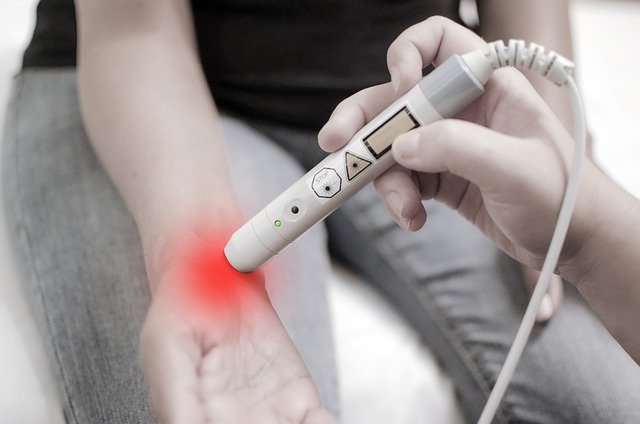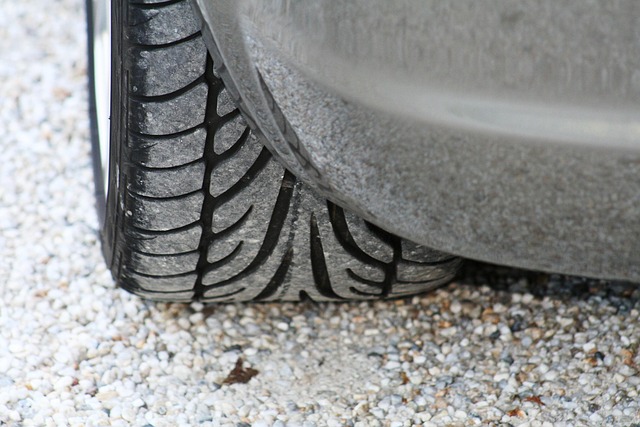What to Know About Psoriatic Arthritis: Early Signs in Fingers, Hands, and Feet for Seniors
Psoriatic arthritis can cause swelling and joint changes, especially in the fingers, hands, and feet. This guide explains what psoriatic arthritis may look like, shows common early signs in seniors, and explores how to spot differences with regular psoriasis using real-life pictures.

What are the common symptoms of psoriatic arthritis in fingers and feet?
Psoriatic arthritis can manifest in various ways, but some common symptoms in fingers and feet include:
-
Swelling: Entire fingers or toes may become swollen, resembling sausages (dactylitis).
-
Joint pain and stiffness: Particularly noticeable in the morning or after periods of inactivity.
-
Nail changes: Pitting, ridging, or separation from the nail bed.
-
Reduced range of motion: Difficulty bending or straightening fingers and toes.
-
Tenderness: Pain when applying pressure to joints.
These symptoms may appear gradually or suddenly, and their severity can vary from person to person.
How does psoriatic arthritis differ from regular psoriasis?
While psoriasis and psoriatic arthritis are related conditions, they have distinct characteristics:
-
Joint involvement: Psoriatic arthritis affects the joints, while psoriasis is primarily a skin condition.
-
Inflammation: Both conditions involve inflammation, but psoriatic arthritis extends beyond the skin.
-
Nail changes: More severe and common in psoriatic arthritis than in psoriasis alone.
-
Pain patterns: Psoriatic arthritis causes joint pain, while psoriasis typically causes skin discomfort.
-
Systemic effects: Psoriatic arthritis can affect internal organs, unlike regular psoriasis.
Understanding these differences is crucial for proper diagnosis and treatment, especially in seniors who may be more prone to various forms of arthritis.
What does psoriatic arthritis look like in hands and feet?
Psoriatic arthritis can cause visible changes in the hands and feet, including:
-
Swollen joints: Particularly in fingers and toes, often asymmetrically.
-
Redness and warmth: Around affected joints due to inflammation.
-
Nail changes: Pitting, ridging, or separation from the nail bed.
-
Deformities: In advanced cases, joints may become misaligned or fused.
-
Skin plaques: Red, scaly patches may appear near affected joints.
These visual cues, combined with symptoms like pain and stiffness, can help identify psoriatic arthritis in its early stages.
What are the early warning signs of psoriatic arthritis for seniors?
Seniors should be particularly aware of these early warning signs:
-
Persistent joint pain: Especially in fingers, toes, wrists, and ankles.
-
Morning stiffness: Lasting more than 30 minutes after waking.
-
Fatigue: Unexplained tiredness that doesn’t improve with rest.
-
Changes in nail appearance: Pitting, ridging, or thickening of fingernails or toenails.
-
Eye problems: Redness, pain, or vision changes (uveitis).
Early recognition of these signs can lead to prompt diagnosis and treatment, potentially slowing disease progression and improving quality of life.
How can seniors distinguish between age-related arthritis and psoriatic arthritis?
Distinguishing between age-related arthritis (osteoarthritis) and psoriatic arthritis can be challenging, but there are key differences:
-
Pattern of joint involvement: Psoriatic arthritis often affects joints asymmetrically, while osteoarthritis typically affects weight-bearing joints.
-
Skin symptoms: Presence of psoriasis or nail changes suggests psoriatic arthritis.
-
Morning stiffness duration: Typically longer in psoriatic arthritis compared to osteoarthritis.
-
Inflammation: More pronounced in psoriatic arthritis, often causing visible swelling.
-
Age of onset: Psoriatic arthritis can occur at any age, while osteoarthritis is more common in older adults.
If uncertain, seniors should consult a rheumatologist for a proper diagnosis.
What treatment options are available for psoriatic arthritis in seniors?
Treatment for psoriatic arthritis in seniors aims to manage symptoms, slow disease progression, and improve quality of life. Options include:
-
Nonsteroidal anti-inflammatory drugs (NSAIDs): To reduce pain and inflammation.
-
Disease-modifying antirheumatic drugs (DMARDs): To slow joint damage and disease progression.
-
Biologic medications: Targeted therapies that modulate the immune system.
-
Corticosteroid injections: For temporary relief in severely affected joints.
-
Physical therapy: To improve joint flexibility and strength.
| Treatment Option | Typical Use | Potential Benefits | Considerations for Seniors |
|---|---|---|---|
| NSAIDs | Daily oral medication | Pain relief, reduced inflammation | Risk of gastrointestinal issues |
| DMARDs | Long-term oral or injectable medication | Slows disease progression | Increased infection risk |
| Biologics | Regular injections or infusions | Targets specific inflammatory pathways | Higher cost, requires careful monitoring |
| Corticosteroid injections | As needed for severe flares | Rapid relief of joint inflammation | Limited frequency due to side effects |
| Physical therapy | Regular sessions and home exercises | Improved mobility and strength | Low risk, highly beneficial for overall health |
Prices, rates, or cost estimates mentioned in this article are based on the latest available information but may change over time. Independent research is advised before making financial decisions.
In conclusion, recognizing the early signs of psoriatic arthritis in fingers, hands, and feet is crucial for seniors. By understanding the distinctive features of this condition and how it differs from other forms of arthritis, older adults can seek timely medical attention and appropriate treatment. With proper management, seniors with psoriatic arthritis can maintain their quality of life and minimize joint damage.
This article is for informational purposes only and should not be considered medical advice. Please consult a qualified healthcare professional for personalized guidance and treatment.




